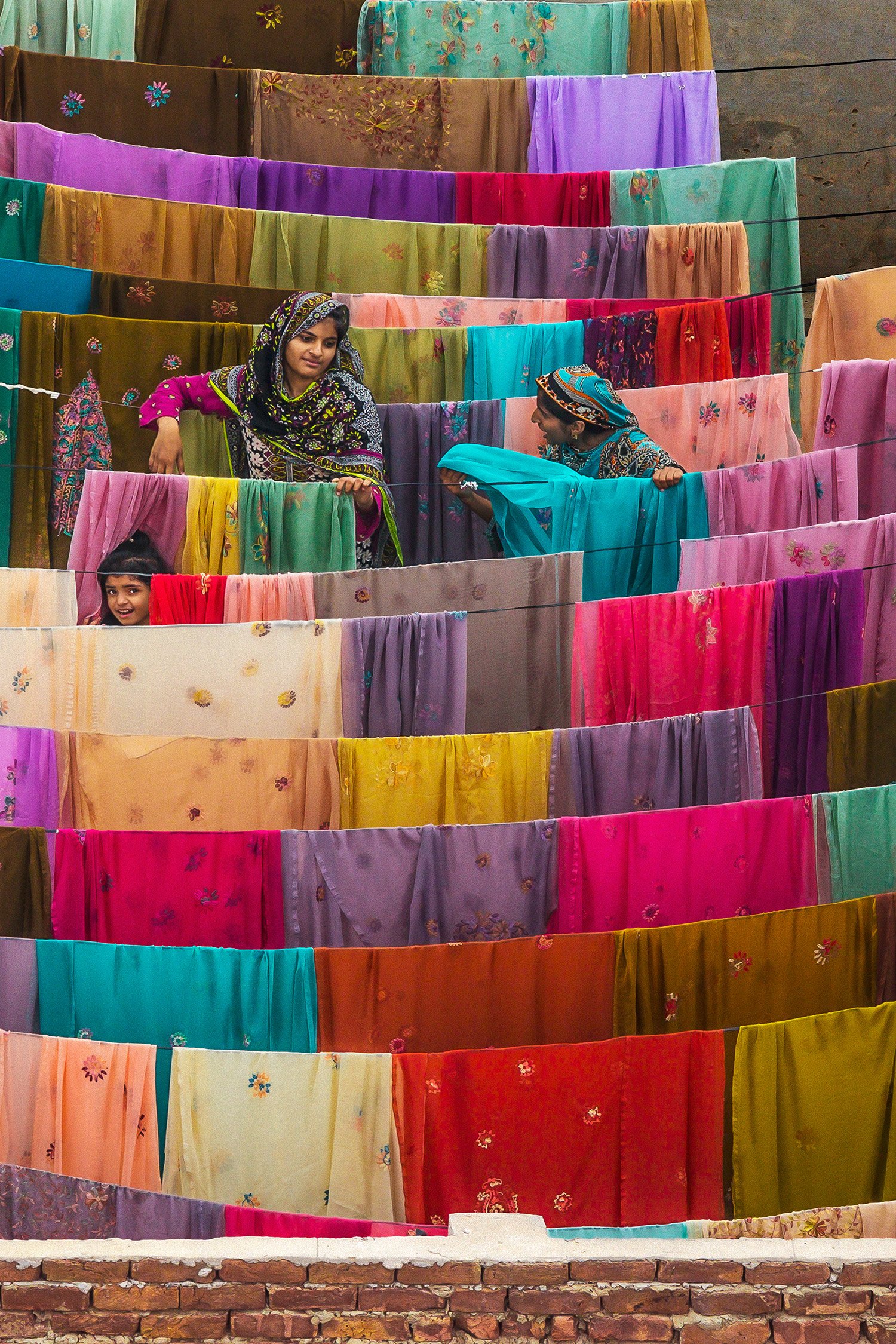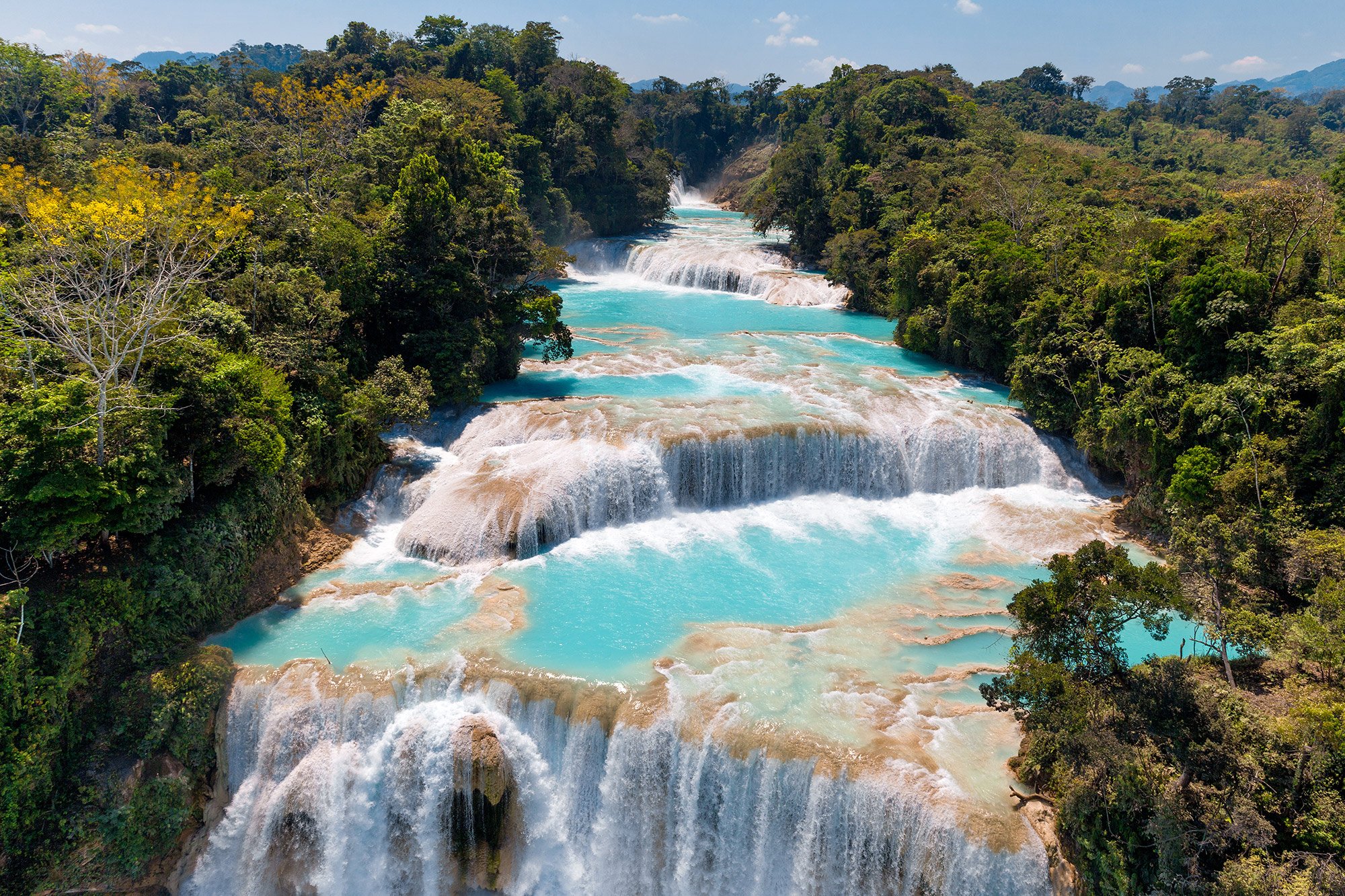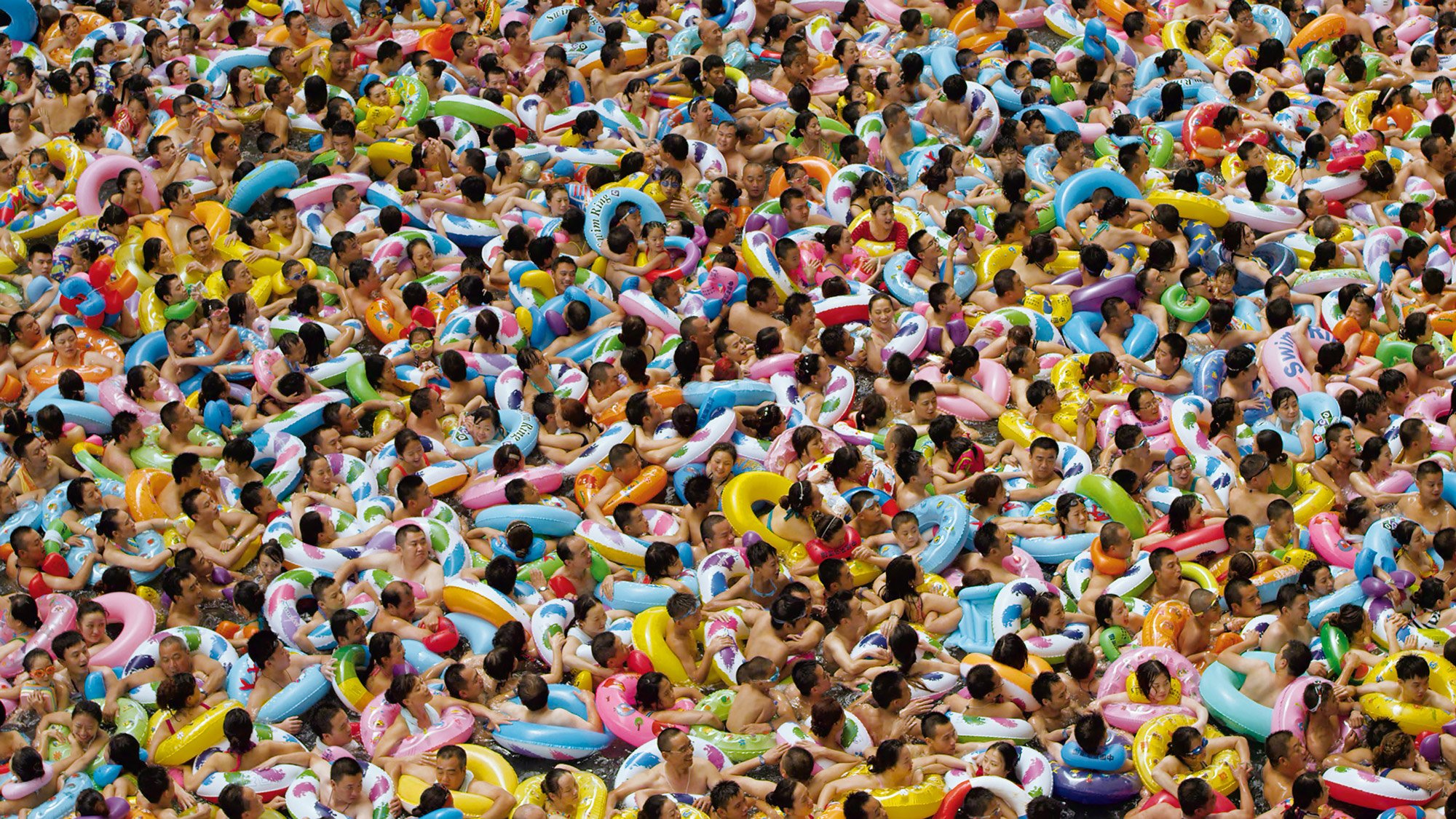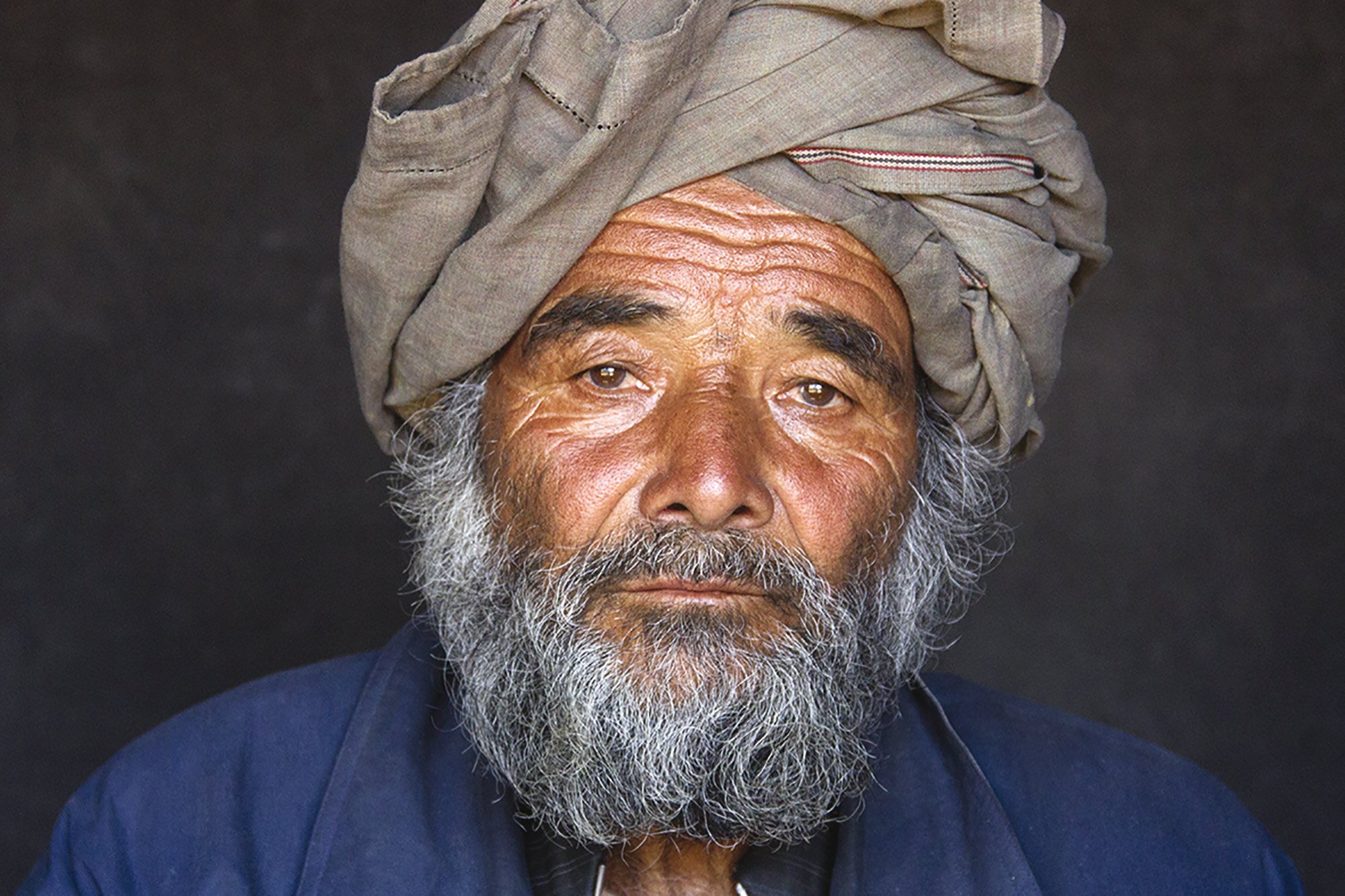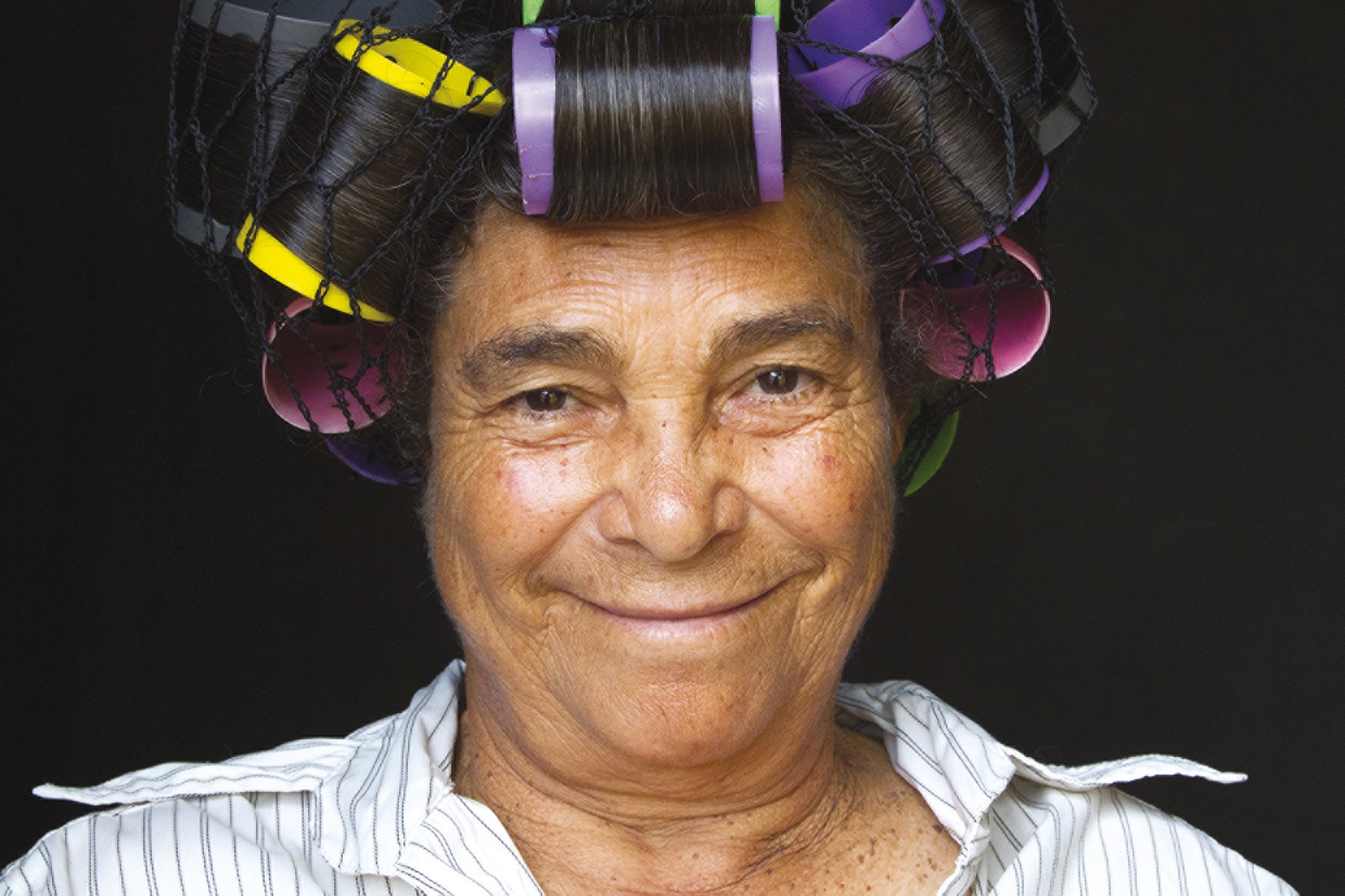For over four decades, Yann Arthus-Bertrand has chronicled the beauty of our planet and its diversity through photography and film. In 2009, his film “Home” presented the scale of the damage caused by various human activities on wildlife and nature, with dire effects on the fragile balance of ecological systems. This story was told exclusively through aerial shots which documented the beauty and variety of different countries and landscapes across the world. Available to watch for free, the film has been seen by over 600 million people so far. In 2003, Yann Arthus-Bertrand created “7 Billion Others”, a collection of interviews with people from different cultures. They all had to answer the same forty-five questions, to show what connects and what separates us as a whole.
HUMAN takes a similar approach, but has a different mission, aiming to provide a meaningful explanation to humanity’s inability to live in harmony. More politically charged than the director’s other work, the film puts at the center of discussion a range of current issues: war, poverty, homophobia, and immigration. The interviewees, or more accurately, the humans, are filmed on a black backdrop. Taken from their environment and placed in a neutral space, the camera then focuses on their faces, on their eyes. The mirror of the soul. Many stories are full of tragedy and violence, others are full of happiness and kindness. Love and fear cast light or shadows on human life. The film tackles an array of issues in chapters that combine interviews and visual segments. What it means to be a woman in the 21st century, in various cultures around the world. The endless fight of the poor for resources, who sacrifice their human potential in order to survive. A soldier faced with his enemy, making eye contact and recognizing another human being. Personal stories become universal. Sweeping and monumental aerial images of the planet are intertwined with the interviews, never-before-seen views of picturesque landscapes that gain a new meaning as they are recorded from breathtaking heights. In these images, people are always seen from a distance, while homes or shrines appear among natural habitats; a house built on the edges of the jungle and ancient monuments with golden details gleaming in the sun. People come together to fight repressive regimes, corruption, or injustice, but also to celebrate and to share their joy. Contrasts abound in this impressive portrait of humanity and it is perhaps the reason why finding the balance is still out of reach. Ultimately, HUMAN shows that there are more things we share than those that make us different – it’s a matter of understanding who we are as individuals and as a whole, of accepting and embracing the beautiful diversity of humanity.



